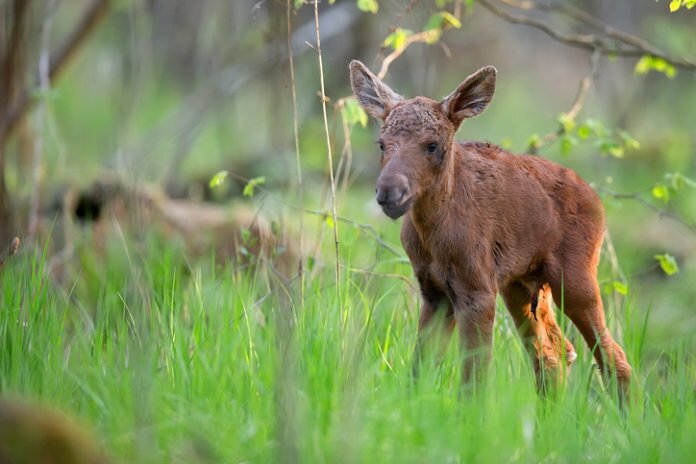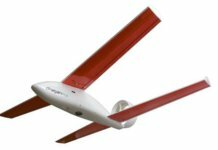The Washington Department of Fish and Wildlife (WDFW) is working with University of Montana wildlife researchers to test the use of a drone to document the presence of moose calves in northeast Washington, the department has announced.
This week, a contractor for the university will fly an unmanned aircraft system (UAS) equipped with a video camera over radio-collared cow moose on public and private lands in Stevens, Pend Oreille and Spokane counties. Researchers from the university’s cooperative wildlife research unit began the study in 2014 in cooperation with WDFW and other partners to learn more about moose populations, movement, reproduction and survival.
Rich Harris, a WDFW wildlife scientist, says the goal of the drone project is to document the presence of moose calves more safely, more efficiently and less expensively than is possible with traditional wildlife surveying methods.
The UAS will be flown over U.S. Forest Service lands and timberlands owned by Hancock Forest Management, Stimson Lumber Co. and Inland Empire Paper Co. All have given permission for the drone to fly over their lands, notes WDFW.
By flying the drone over 35 collared moose cows, researchers expect to be able to document the presence of nearby calves. Harris says the only other ways to conduct such research – through close-up approaches on foot or from a helicopter – are less safe, require more time and are more expensive than using a drone.
Harris says the UAS will be flown only during daylight hours and at a maximum height of 400 feet. It will not be flown over people or buildings. He says the flight schedule was chosen to avoid weekends and most major hunting seasons – which will minimize disturbance to recreationists.
WDFW notes the drone will be flown when a ground crew is within about 700 feet of a radio-collared cow moose and will record video only of wildlife and their habitat.
Harris notes that researchers expect the drone will be less stressful to moose than traditional ground monitoring because moose have no overhead predation threats. If researchers conclude the moose are not substantially disturbed by the drone and calves are successfully documented, drones may be used for other wildlife research in Washington, the department says.








